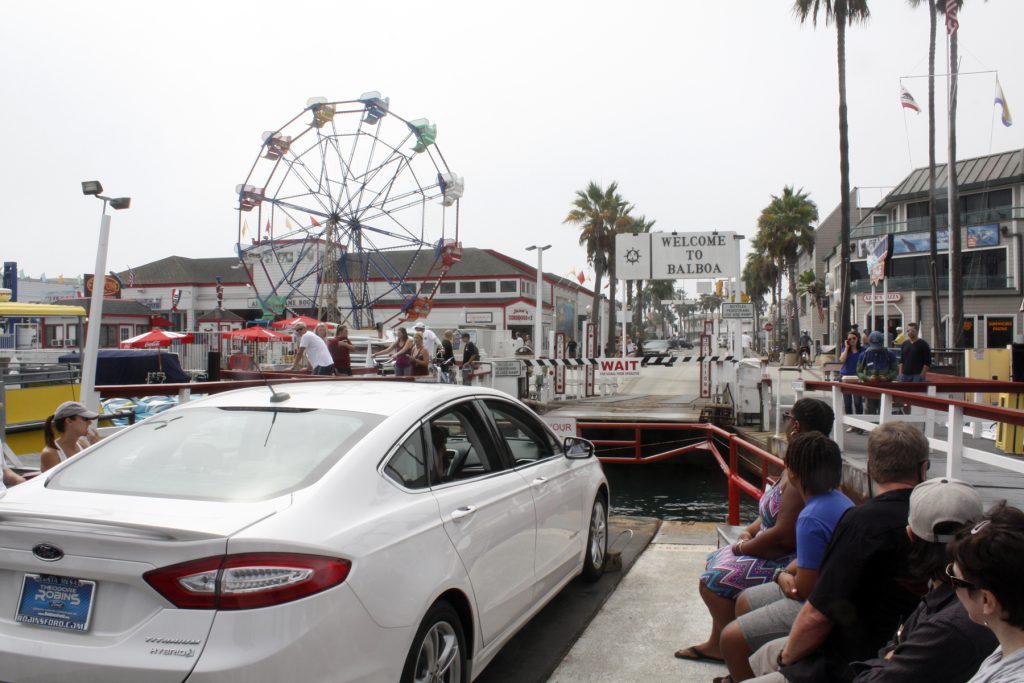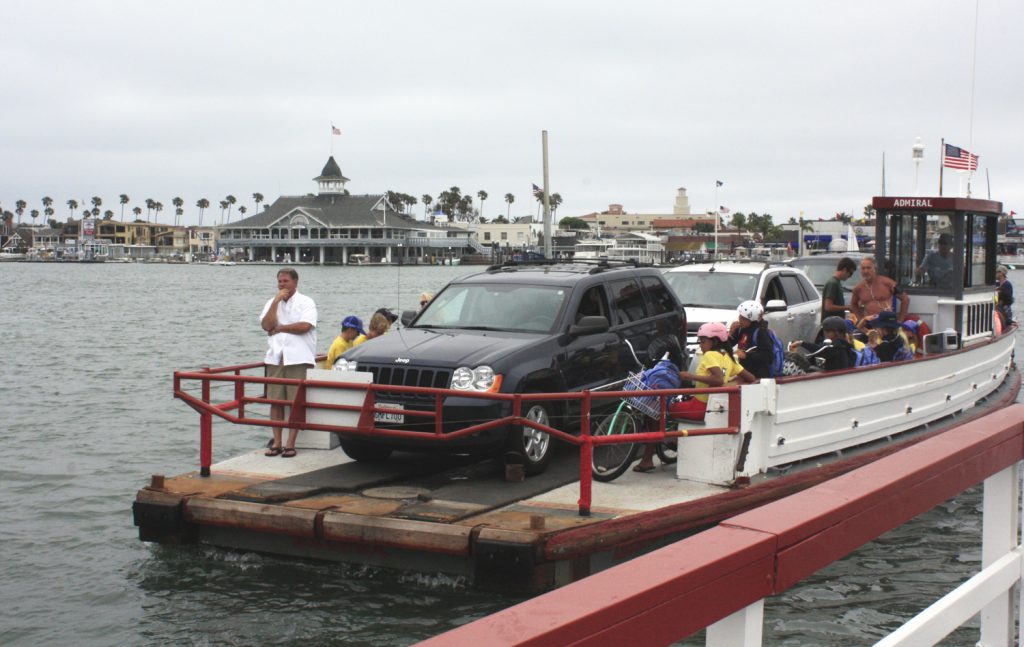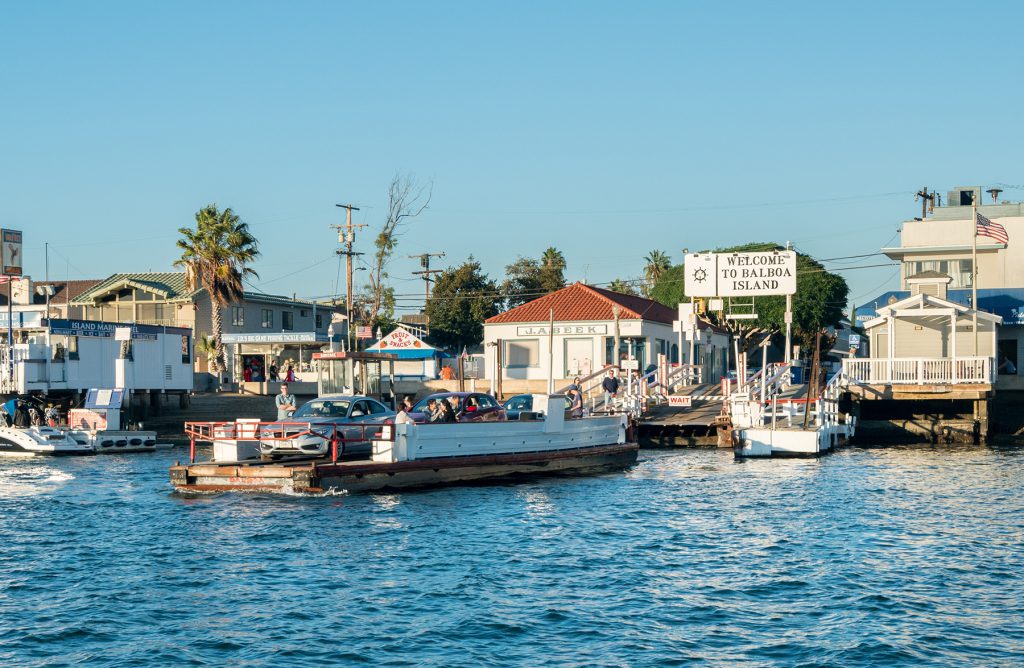
Newport Beach has a handful of iconic attractions that have stood the test of time: The Newport Pier, which replaced the original McFadden Wharf (1888-1939) and is registered as a California Historical Landmark; the Balboa Pavilion, which opened on July 1, 1906 and is the city’s oldest standing building; and the Balboa Island Ferry, which went into service in 1919 to bring cars and passengers across 900 feet of water between Balboa Island and the Balboa Fun Zone.
The Pier and the Pavilion are firmly in place, but the Ferry’s days may be numbered.
The Beek Family, which has owned the Balboa Island Ferry for more than 100 years, is struggling to meet California Air Resources Board’s (CARB) stringent zero emission regulations that require all short run ferries in the state, mostly small privately held businesses, convert to electric engines by December 2025.
According to information provided by the Balboa Island Ferry company, the conversion to electric is financially unfeasible and unrealistic for a small business like the Ferry.
The Balboa Island Ferry company says that its financial difficulties are compounded by the fact that the California government makes it difficult for small businesses like the ferry to receive financial assistance. Also, exceptions have been made for other industries like fishing boats and the automobile industry, which will not need to convert until 2035.
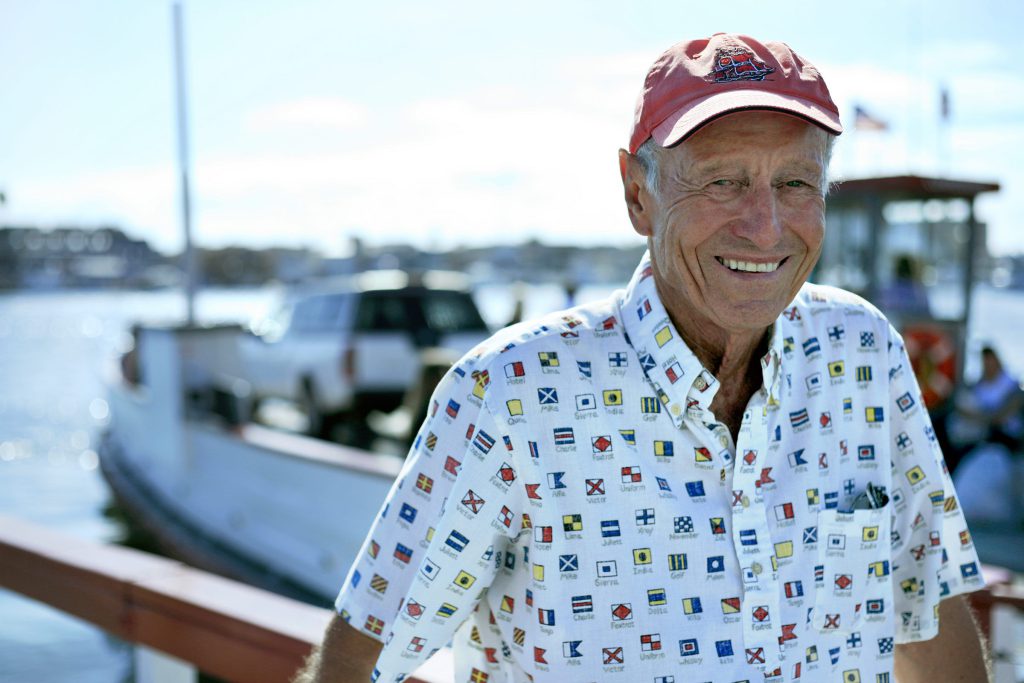
So what happens if the Balboa Island Ferry ceases operations? Vehicles would need to drive further to get to the Balboa Peninsula, resulting in increased emissions from the vehicles the ferry would have taken off the road.
Not only would the loss of the ferry impact the community, it would also have an effect on tourism to Newport Beach.
“The Balboa Island Ferry is part of our culture, it’s part of our heritage,” stated Gary Sherwin, President and CEO of Visit Newport Beach, the nonprofit marketing organization under contract with the City to position Newport Beach as a visitor and conference destination. “There are certain iconic attractions in California. The ferry is ours. We have the harbor and beaches, and the ferry is right up there when it comes to what makes us Newport Beach. It’s more than a transportation device, it is part of the uniqueness that separate us from other cities.”
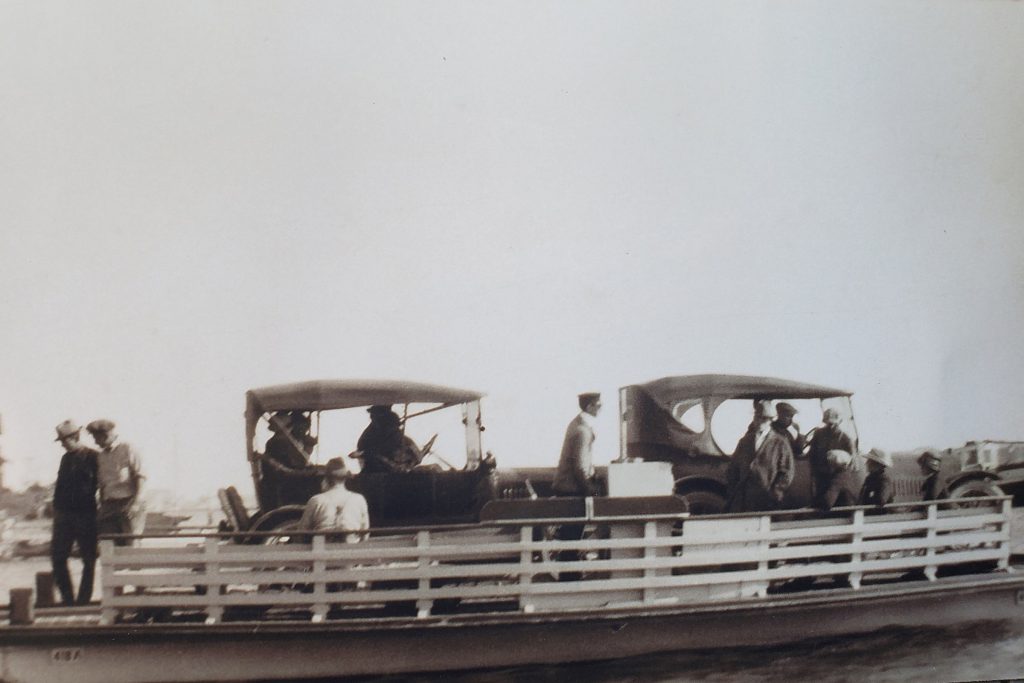
As Sherwin notes, the loss of the Balboa Island Ferry service would be devastating for the community and the local economy.
“It provides a unique and essential transportation service to residents, visitors, and workers,” said Sherwin.
Sherwin believes the emissions mandate is well intended, but should have been more surgical in scope. The state is trying to go all electric, but the technology does not exist for companies like the Balboa Island Ferry.
“That’s the problem,” said Sherwin. “They can’t go to Lowes, pick up an electric motor, drop in in these old barges, and make it work. They need to hire an engineering company. It’s not that they don’t want to comply, but they need a longer runway. It may take several years to allow cost and engineering to catch up with the state mandate.”
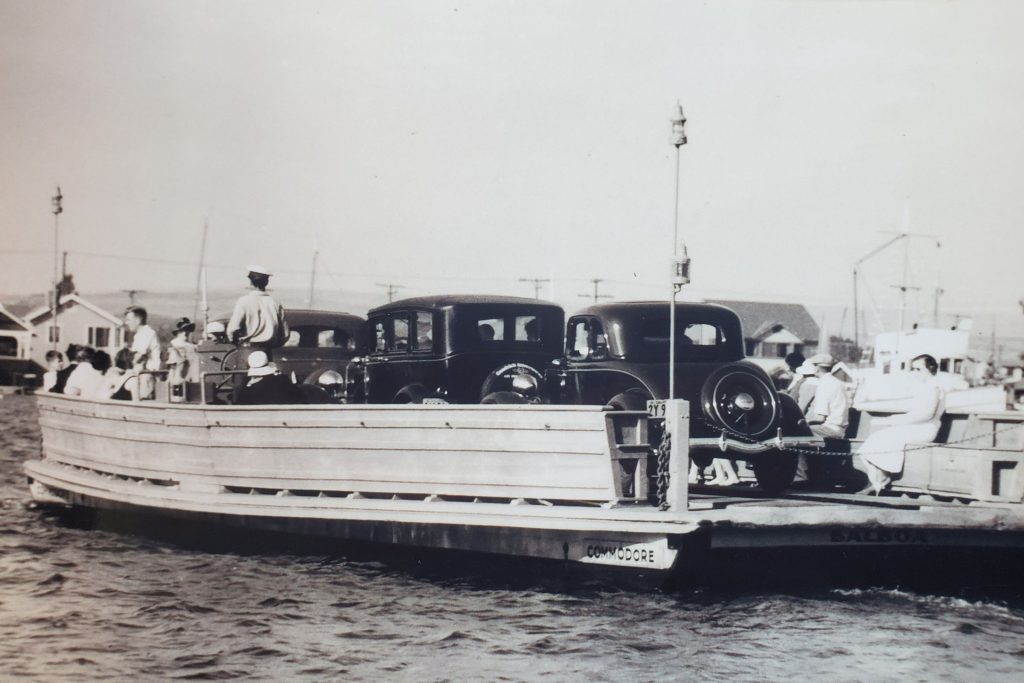
Sherwin said he has had a “sympathetic conversation” with CARB and is working on providing them with additional information about the ferry. Former Newport Beach Mayor Diane Dixon, now Assemblywomen Dixon, has gotten involved, and the situation has even reached the Governor of California.
Locally, Sherwin suggests the Newport Beach City Council could draft a letter in support of accommodations for the ferry, whose service supports the California Coastal Commission’s desire for affordable access to the water.
“It’s a ridiculous situation,” said Sherwin. “The ferry just needs more time. That’s all we are asking. I am hopeful some sort of resolution can come out of it.”
